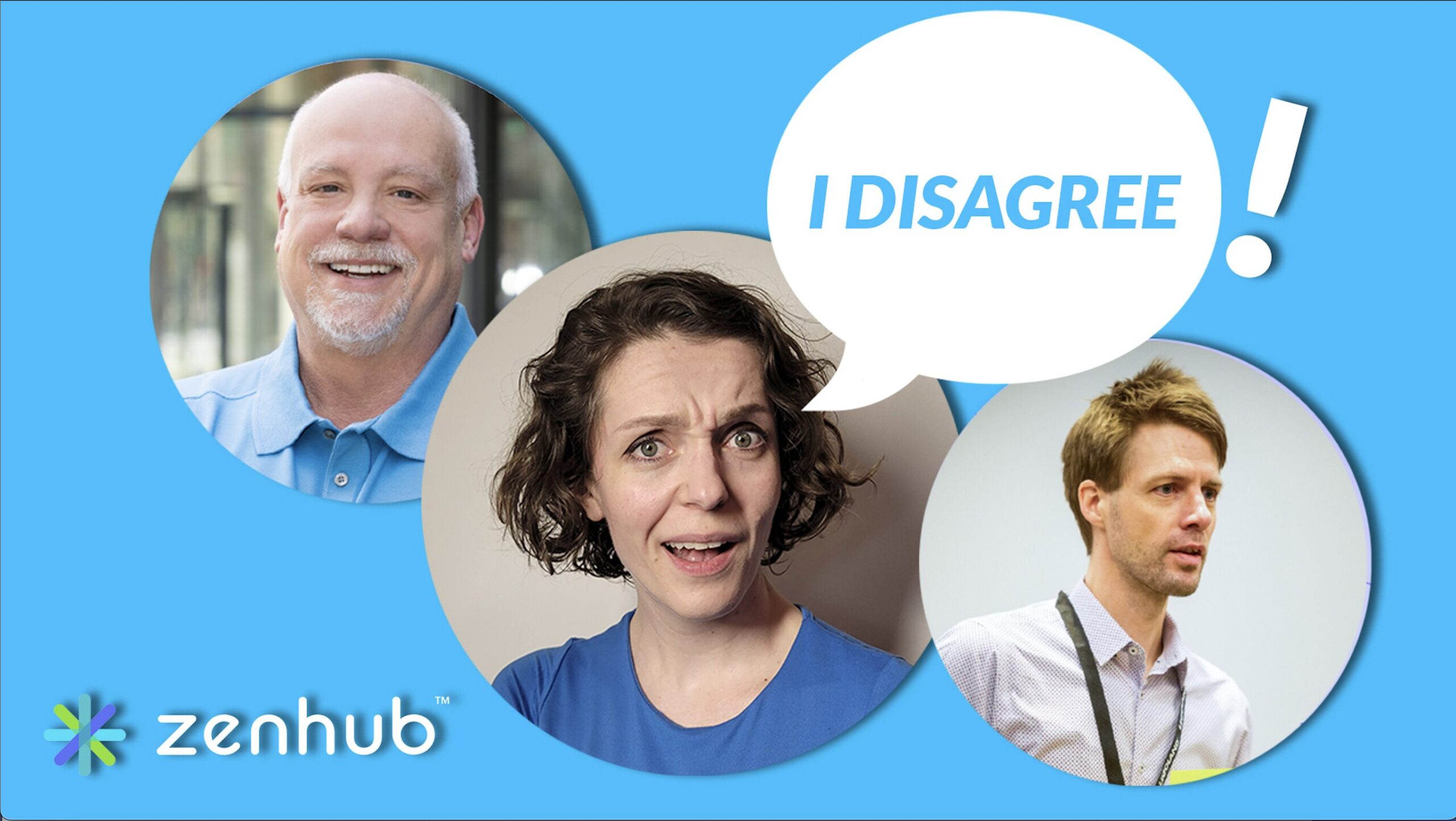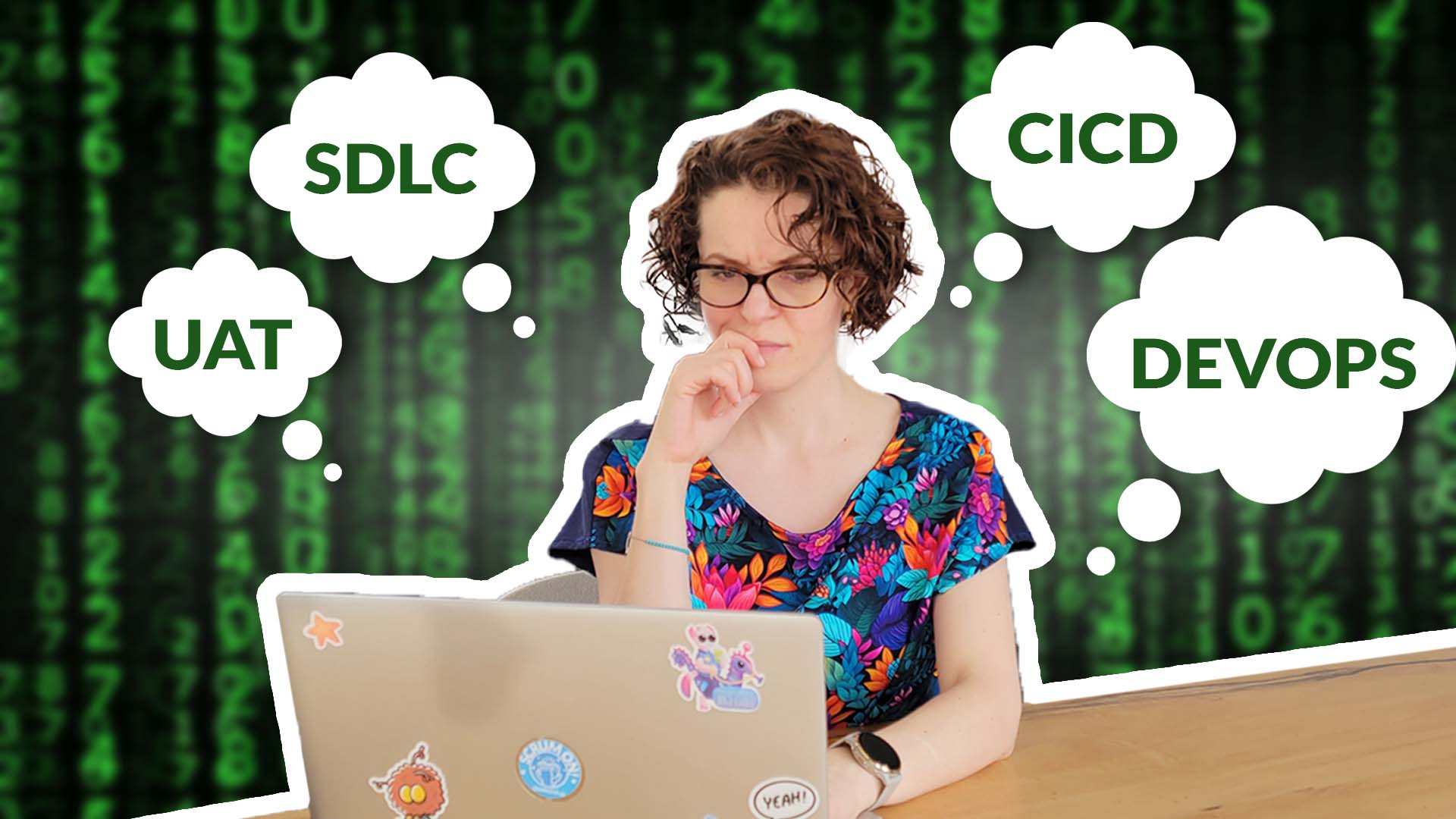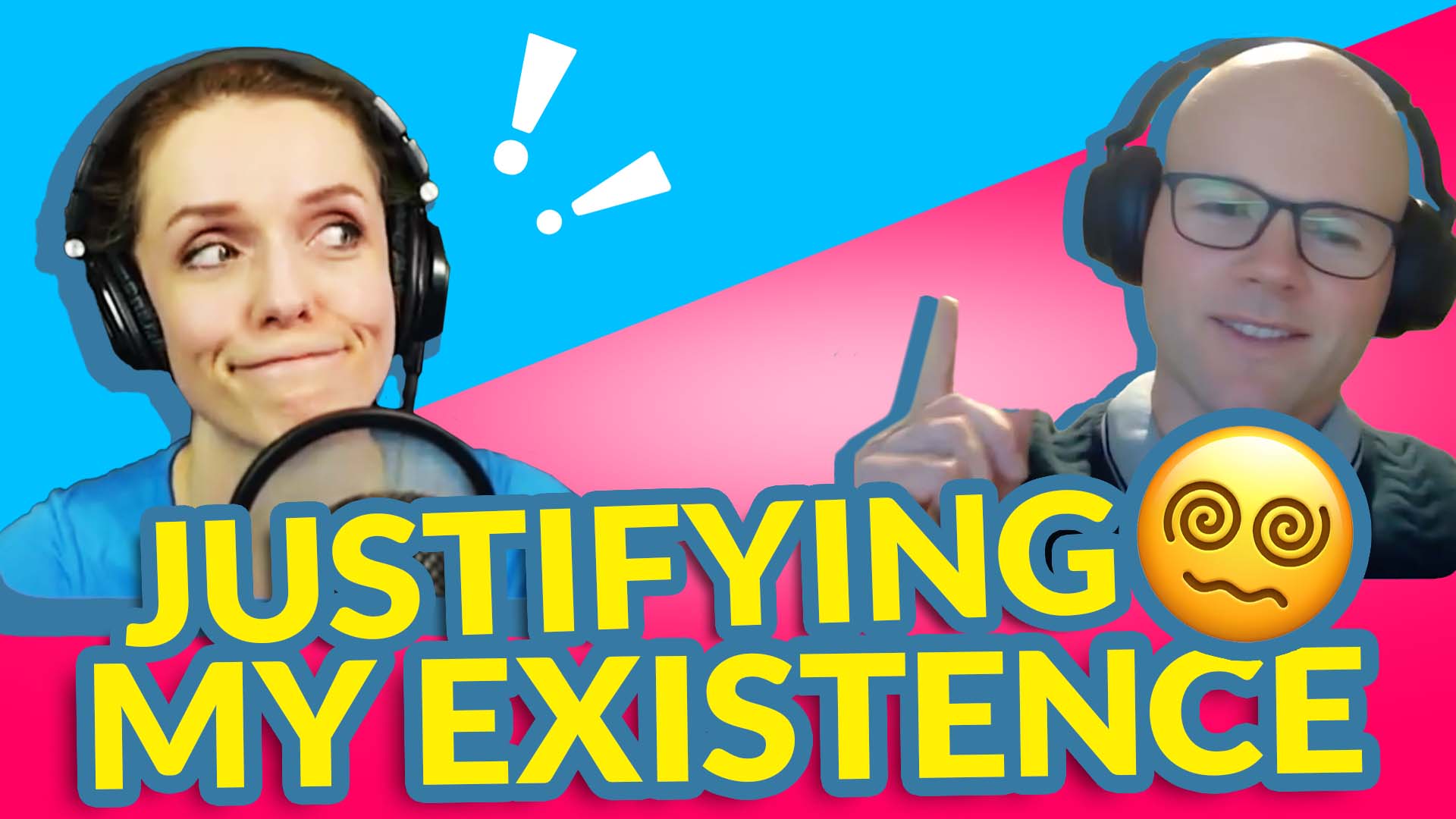Some of the Scrum Master stances as we know are facilitator and teacher. It sometimes might feel that each stance stands on its own, however, they are closely intertwined.
I see that Scrum Master as a teacher is much stronger when there is enough focus on facilitation because with it much stronger learning experiences can be created. And this, in turn, can be a great help during changes that a Scrum Master brings to organizations.
However, there is one thing that stands in the way of strong facilitation – a traditional way of conveying information that everyone is used to – presentations. As a Scrum Master, it is up to you to find better ways to create learning for your Scrum Team and the whole organization. Before we jump into that, let me talk to you about some personal experiences (that I’m sure many of us share).
Good intentions can create terrible learning experiences
When I was studying in university, most of our classes were taught through a set of slides. I remember that some professors just went with the slides, one by one, trying to get some information in our heads. But we all know that if all the learning comes from what’s written on the slide it can easily turn into a death by Powerpoint.
Some professors would get creative in their attempts to get our attention during the class.
One of the professors we had would print out the slide with some key information missing. That way we actually had to look at the slides during her presentation to fill in the gaps. It was a fun activity to do, however, I’m not sure we really paid attention to the learning objectives.
Then another professor went beyond that. She had zero slides. I hear you saying “Awesome!”, but wait before I tell you what we had instead… So instead of reading the slides, we had to write them as she dictated the information. Yes, you heard it right. For one and a half hours we had to write down everything our professor was saying. She had our full attention because there were no slides. But did we really learn? And would you want to attend a class like that ever?
Both of these examples show that it is easy to get rid of slides in your presentation and training, however, it is much more difficult to build a strong and engaging learning experience for your students.
How we’re conditioned for traditional ways of presenting information
Part of my studies was, of course, to write my term papers, do homework and then present it to the class.
When I was studying in university, there was only one way to present the information – Powerpoint. It was a serious, adult way to do things. And as we were getting ready to enter the workforce we needed that crucial skill of creating fancy PPT files.
I got really good at creating presentations, making them look good, convey just the necessary messages, include images.
I remember during the last year of my Master’s degree in Paris people would get excited when someone created a presentation worthy of a consulting company. “That’s how you do real presentations!” – someone would say.
And everyone would nod, noting the efficiency of conveying the information on a single slide.
We learned some advanced tricks of making awesome presentations: don’t write whole sentences, write in bullet points, minimize the number of slides, use appealing images, only use two different fonts maximum…
And it is with this knowledge that most of us have entered the workforce. In a way, by that time we only learned one way of conveying big chunks of information to each other.
The craft of building awesome learning
Change is hard. Stepping away from what we know and trying something completely different can be daunting. Luckily, visualization and facilitation scene has been developing quite nicely.
When I started designing my own training sessions a couple of years ago as part of my role as a Scrum Master I went with a zero-slide approach right away.
Firstly, because I never needed to create presentations as part of my job so I kind of lost most of my Powerpoint skills. “Individuals and interactions over processes and tools”. I work with people, I don’t need a tool to help me talk to them. I just go,.. and talk to them.
Secondly, I have already developed enough negative feelings towards presentations in meetings. I was too afraid to create a crappy learning experience for my students, that I was much more open for experimenting.
I think the very first zero-slide training session I created was on the topic of Scrum roles, then I had another one for introduction to Agile and Scrum. Both of them were made for small groups of people and for short sessions of about one hour.
I was not ready to go bigger than that. So when I was hosting our Agile Community of Practice with 40-60 people, I had my slides.
How do you go from 10 people in a 1 hour session to 40 people in half a day?
You do it in steps of course.
Stepping up the zero-slide approach for bigger groups
The first stepping stone in figuring out how to facilitate a training session on a bigger scale with no slides was set by the Professional Scrum Master II training I attended in 2018.
It was the first time that I have experienced a two-day learning without any slides, and also the first time I participated in liberating structures.
PSM II: not just a training - a unique experience to help Scrum Masters succeed
Join me in a 2-day revelational course for Scrum Masters with experience that can help you grow in the role and achieve success (free PSM II attempt).
After having run the training myself, I could see the potential of using new facilitation techniques and visualization tools to create a new type of learning experience.
I had a chance to try it out during my presentation at PMI Toronto Chapter. The topic was “Continuous Improvement with Retrospectives”. We had around 35 participants spread around in the room. I only had a big whiteboard and a marker in my hand. And I had prepared two posters hand-drawn on big post-it notes.
The whole presentation was a mix of storytelling, writing on the whiteboard and work in groups. It was an engaging experience that also allowed participants to share some information with the whole group, while also setting space for deep small group discussions.
You can watch it right here below. Though, I will say, it is much more fun to actually attend this presentation, then to watch it…
Next steps and milestones in the zero-slide presentation movement
There are still many challenges to overcome on the way to absolutely new learning experience.
Firstly, it’s the remote training challenge. I am not talking about online classes as a lot of presentations can be replaced by animations and writing on the whiteboard in the video.
I mean the webinars. Right now, the easiest way to present information to participants online is by going over a presentation. How can I change that?
I have a couple of ideas and tools in mind that would allow me to create a virtual whiteboard. Now it’s important to figure out a way to quickly collect information from participants and share it with the class as if everyone is in the same room.
That’s a fun challenge to tackle.
Secondly, facilitating a conference-size sessions. Albeit, when you have a couple of dozens people in a room, you can easily split them into groups for some engaging activities. What do you do when you have a few hundred of people in the room? How do you facilitate a class of that size without any slides? And most importantly, how do you make the information visible to everyone in the room?
That is I think the toughest challenge to find solutions for. And I’ve seen some interesting tools that can help with that.
What’s your experience with zero-slides training? How do you facilitate engaging discussions with your Scrum Teams while making sure they achieve the learning objectives?
Engaging presentations for team building
Looking for a speaker to create excitement and learning within your organization? Whether you run regular Communities of Practice, Lunch-n-Learns and Townhalls, or you want to have a one-off presentation, I can come to facilitate an event to help your team grow.



